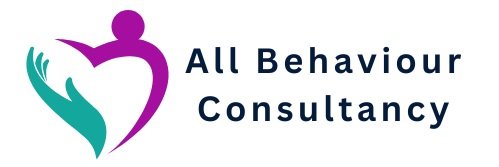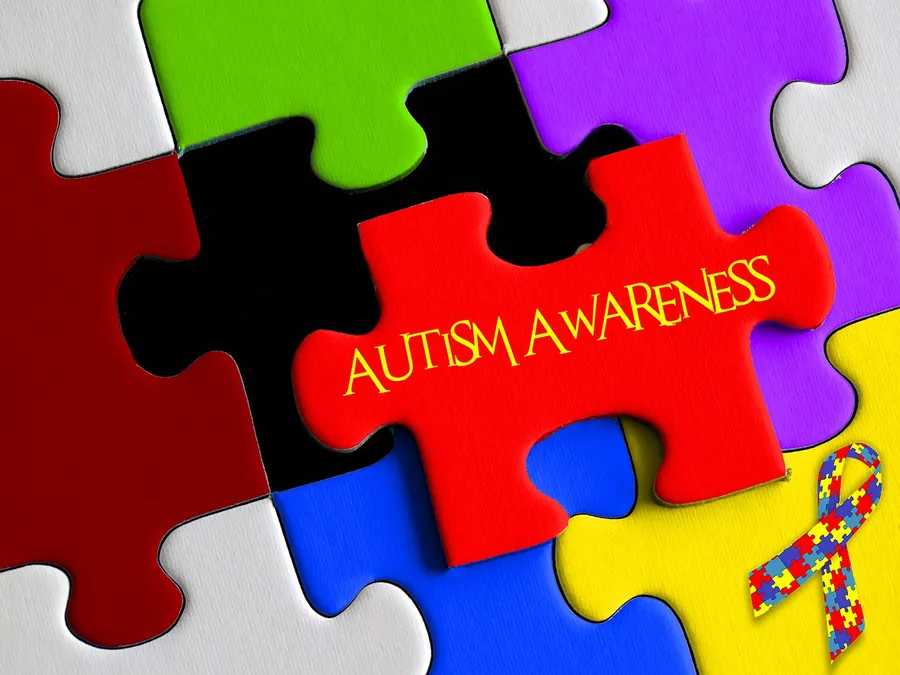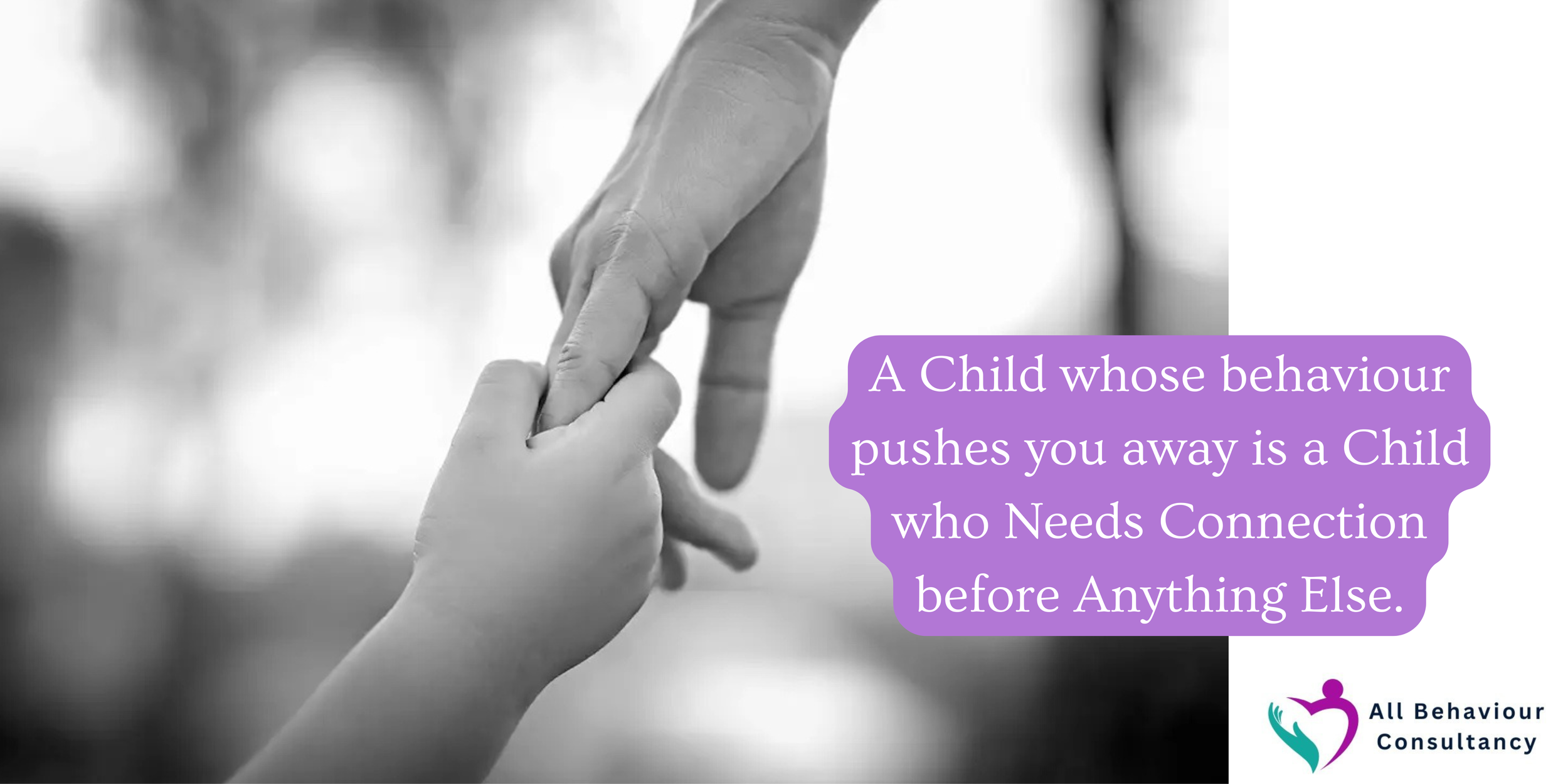Too Quiet, Too Still: Understanding Under-stimulation in Autism
Recognising and Addressing Under-stimulation in Autism
For many autistic children, it's not sensory overload that’s the challenge - it's the opposite: not enough sensory input.
This state of under-stimulation can be deeply distressing for a child who has Autism Spectrum Disorder (ASD), and it often manifests in ways that parents or caregivers might misinterpret as “behavioural problems.”
"Recognising and addressing under-stimulation in autistic children is key to their well-being and growth - and it starts with informed, compassionate strategies grounded in neurodiversity-affirming practices like Autism Behaviour Therapy, ABA therapy, and tailored Autism Behaviour Support."
Georgiana Koyama, MSc, BCBA, Founder of All Behaviour Consultancy for 23+ years.
💡 What Exactly Is Under-stimulation in Autism?
Under-stimulation occurs when the brain is not receiving enough sensory input.
For autistic children - particularly those who have reduced sensory awareness - this can result in feelings of boredom, restlessness, and emotional dysregulation.
Key Signs of Under-stimulation in Autistic Children:
Excessive movement (pacing, jumping, spinning)
Increased vocalisations (humming, yelling, echolalia)
Repetitive behaviours (tapping, flapping, mouthing objects)
Seeking intense sensory input (e.g., crashing into furniture, seeking deep pressure)
Sudden “challenging” behaviours that seem to come out of nowhere
These are not simply ‘challenging behaviours’ - they are signs your child is struggling.
They are usually trying to self-regulate by increasing sensory stimulation to a level that feels comfortable and safe to them.
🧠 The Science Behind Under-stimulation
Research shows that some autistic individuals exhibit sensory seeking behaviours due to hyporesponsivity - a neurological under-responsiveness to sensory stimuli.
A 2014 study in Frontiers in Psychology found that hyporesponsive sensory profiles are strongly correlated with higher levels of sensory-seeking behaviours in children with ASD. This pattern can lead to what appears to be hyperactivity or impulsivity, but is actually an attempt to increase sensory input to a comfortable baseline.
“Children who are under-responsive to sensory stimuli often engage in high levels of sensory seeking, which may be misunderstood as disruptive behaviour.” (Baranek et al., 2014)According to the DSM-5 diagnostic criteria for ASD, individuals may present with “hyper- or hyporeactivity to sensory input or unusual interest in sensory aspects of the environment.”
Understanding these scientific patterns helps parents of Autistic children and caregivers reframe behaviour from “misbehaving” to communicating a need.
🛠️ How Can Parents & Caretakers Help Under-stimulation in ASD kids?
The most compassionate and evidence-informed strategies lay the roadmap for supporting an Autistic child.
Below are detailed strategies drawn from research-based ASD therapy, ABA therapy, and compassionate Autism Behaviour Support models.
The goal is not to suppress behaviours, but to meet your child’s sensory needs and help them find regulation and comfort.
1. Create a Sensory-Friendly Toolkit
Build a personalised sensory toolkit with input from occupational therapists and your child’s Behaviour Support team. Include items such as:
Weighted blankets or vests (deep pressure stimulation)
Fidget toys, putty, or chewable jewellery
Swings or mini trampolines (vestibular input)
Noise-cancelling headphones (to control unpredictable sounds)
According to Schaaf & Lane (2015), integrating sensory-based interventions into daily routines can lead to significant improvements in engagement and attention for children with ASD.
2. Embed Stimulating Activities into Daily Routines
Routine activities like brushing teeth, meal prep, or playtime can be adjusted to include multisensory elements that naturally provide stimulation:
Add upbeat music during chores
Use scented playdough or textured materials for art projects
Include rhythmic movement games like animal walks or dancing
This aligns with principles used in ABA therapy - embedding learning and support into meaningful, enjoyable activities.
3. Schedule “Sensory Diets”
A ‘sensory diet’ is a proactive, structured plan that includes regularly scheduled sensory activities based on your child’s specific needs. This is often designed by an Occupational Therapist in coordination with your Autism Behaviour Support team.
Example of a Sensory Diet Plan for Autistic children:
Morning: Trampoline jumping (vestibular input)
Afternoon: Deep pressure massage or rolling in a yoga mat
Evening: Bath with scented bubbles and soothing music
A 2012 review in The American Journal of Occupational Therapy confirmed that Autistic children who follow a consistent sensory diet show improved attention span, emotional regulation, and decreased self-injury or meltdowns.
4. Use ABA Therapy Techniques Responsively
Applied Behaviour Analysis (ABA therapy) is most effective when it is responsive to the child’s internal states - not just the behaviours. This means:
Identifying antecedents of under-stimulation
Teaching the child to communicate their sensory needs (via words, AAC, signs)
Reinforcing appropriate sensory-seeking strategies (e.g., asking for a break with the swing)
Modern ABA therapy frameworks encourage compassionate, assent-based practices where the child’s autonomy and preferences are central to intervention planning.
5. Avoid Punishing Sensory Seeking
It’s critical to understand that behaviours driven by under-stimulation are not “bad” or “manipulative.”
When these behaviours are discouraged without supportive alternatives, it can leave a child feeling overwhelmed, leading to frustration, shutdowns, or meltdowns."
Instead:
Provide an alternative that meets the same sensory need
Use visual supports to help the child anticipate stimulation breaks
Involve the child in co-creating their calming or energising routines
🤝 Partner with ABA Professionals & Autism Behaviour Therapists
Collaboration is key. A strong Autism Behaviour Therapy team will include:
Occupational Therapists – to assess sensory profiles
Board Certified Behaviour Analysts (BCBAs) - to develop and implement individualised ABA therapy plans
Speech & Language Therapists - to help the child express their needs
The Behaviour Consultants should always start with Functional Behaviour assessments, which focus specifically on sensory regulation, as well as cognitive or social development.
Understimulation in Autism: All Behaviour is Communication
When an Autistic child is seeking stimulation - through movement, sound, pressure, or rhythm - they are communicating something very real and very important.
Recognising under-stimulation in ASD children not only helps reduce stress and behavioural challenges but also supports a child’s ability to learn, connect, and thrive.
And most importantly of all, it highlights their inner-state and emotional well-being.
By weaving together insights from Autism Behaviour Therapy, ABA therapy, and compassionate daily practices, parents and caregivers can design the perfect environment where your child feels safe, regulated, and calmly supported.
🔍 Need Behaviour Support for your child?
We’re here to help you explore personalised Autism Behaviour Support and sensory-based ABA therapy tailored to your child’s needs.


